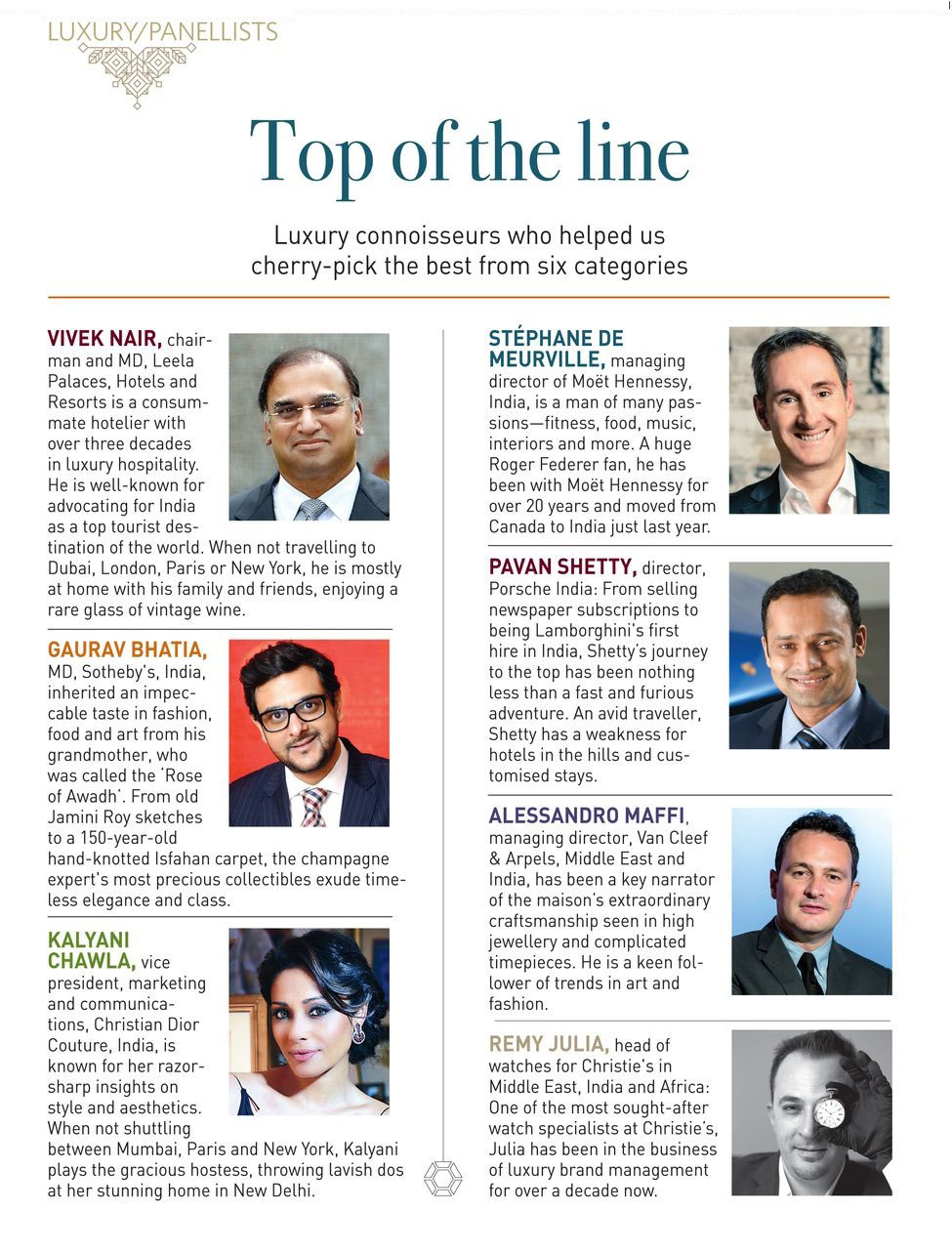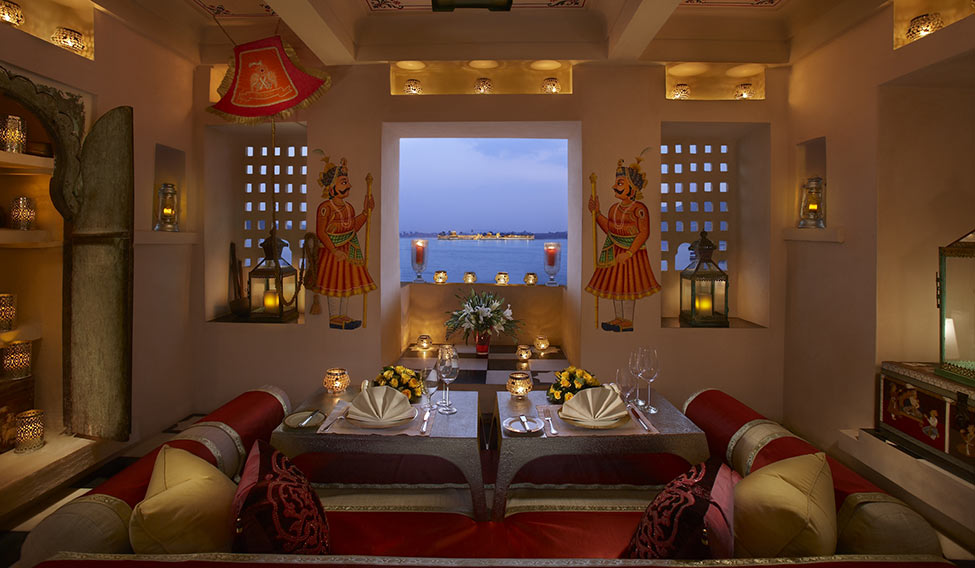The lore of the ‘Little Black Dress’ dates back to 1926 when Gabrielle ‘Coco’ Chanel redefined elegance with a short, simple, no-frills number in black. Shorn of any ornamentation, the dress reinstated black as the colour of sophistication and not of mourning.
In the post-World War Parisian society, Chanel’s creation ushered in a chic simplicity. It offered a liberation of sorts for fashionable ladies fretting over the trailing flounces of silk skirts and stiff satin gowns. The most defining moment for the ‘LBD’ came when Audrey Hepburn patronised the style in Breakfast at Tiffany’s. From Jacqueline Kennedy to Princess Diana to Jennifer Aniston, a little black dress has been a wardrobe staple for women from all walks of life for over nine decades now.
Chanel would have approved of today’s trends. Far from the fussy, overblown bling of the 1990s, luxury living today is all about sophisticated simplicity. The lust for labels is gradually giving way to the love for local. Ethical, culturally rich experiences in food, travel and hospitality are defining the new norms for luxury across the globe. “Instead of prizing logos, consumers are moving towards products which are unique and personalised, like Burberry's ‘The Rucksack’ that includes your initials on the bag or British jewellery brand Loquet's lockets that can be filled with tiny gems and personal items,” says Diana Verde Nieto, founder of Positive Luxury, a London-based company that is helping brands like Dior, Fendi and Dom Pérignon to have a positive impact on society and environment. “Nowadays people want inclusive exclusivity. They want to feel that they belong to a community and/or a movement, yet they want their experience with the brands to be exclusive.”
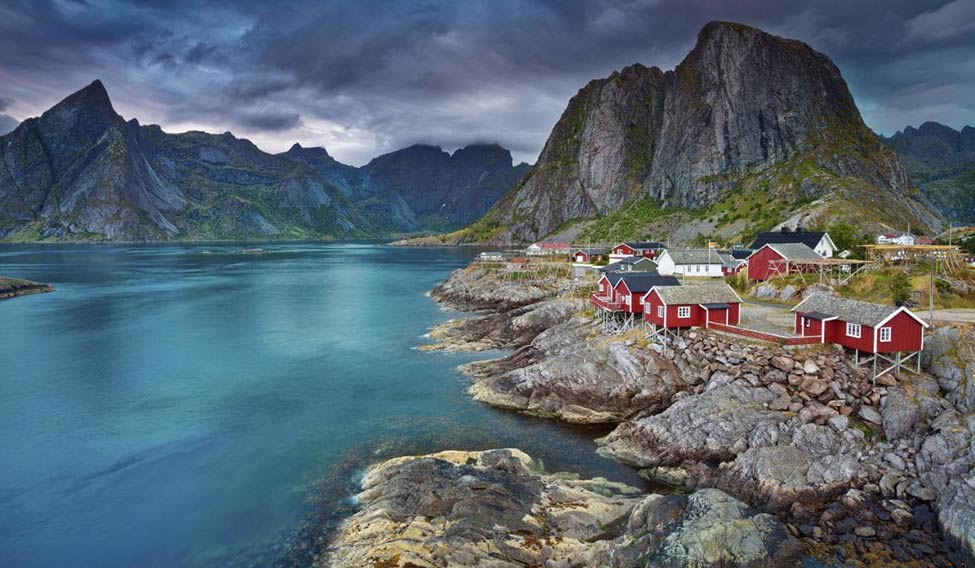 Expedition cruises to the Arctic are on many a traveller's list today.
Expedition cruises to the Arctic are on many a traveller's list today.
For the longest time, luxury exemplified everything from high comfort to rarity to extravagance and more. However, for people who have been there and done that, luxury now is a way to self-enrichment and sensory satisfaction. It is not about how much you spend on an experience but what you actually learn from it. “Most of my clients want to reconnect with nature during their vacations,” says Quentin Desurmont, founder of Traveller Made, a Paris-based group of travel designers from 55 countries. “They like visiting destinations like New Zealand and experiencing an encounter with the Maori warriors in a sacred reserve. The vibrant, perceived violence reminds us that communicating with the tribes in ancient times was a very delicate and dangerous mission. The tour ends with a warm welcome by Maori families, followed by an explanation of their ancestral rituals.”
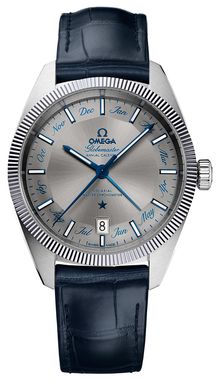 Watch out: Omega Globemaster Annual Calendar.
Watch out: Omega Globemaster Annual Calendar.
Though at a nascent stage, luxury living in India, too, is undergoing a transformation. From an increased interest in knowing stories behind product creation to giving up traditional indulgences for immersive experiences, the rich and the famous are gradually opening up to niche brands. “Looking for authentic indigenous travel experiences, more travellers are now staying at independent, local hotels,” says Saurabh Rai, executive vice president (South Asia, Middle East, Africa and Australasia), Preferred Hotels & Resorts. “These independent hotels deliver the authenticity of a destination, featuring the unique characteristics of specific cultures within their own brand of hospitality that allows discerning travellers to 'live like the locals'. So they get a true sense of their destination, even if they don’t get the chance to explore outside, which can be the case on many business trips.”
Over the last two years, The Leela Palaces, Hotels and Resorts has reported a growing demand for experiential travel from its high-profile guests. “Emotional travel experiences are becoming the hallmark of luxury hospitality space. A major reason for our guests appreciating The Leela experience is the way in which we introduce them to the destination and showcase bespoke experiences that are not ordinarily available,” says its president Rajiv Kaul.
From culinary sojourns to spiritual journeys to local sights and culture trips, The Leela has experts to help guests make the most of each destination. “We also make the hotel's environment and its landscaped green spaces central to the guest experience of India. We plan to continue to surprise and delight our discerning guests with touches that reveal the multi-layered richness of India,” says Kaul.
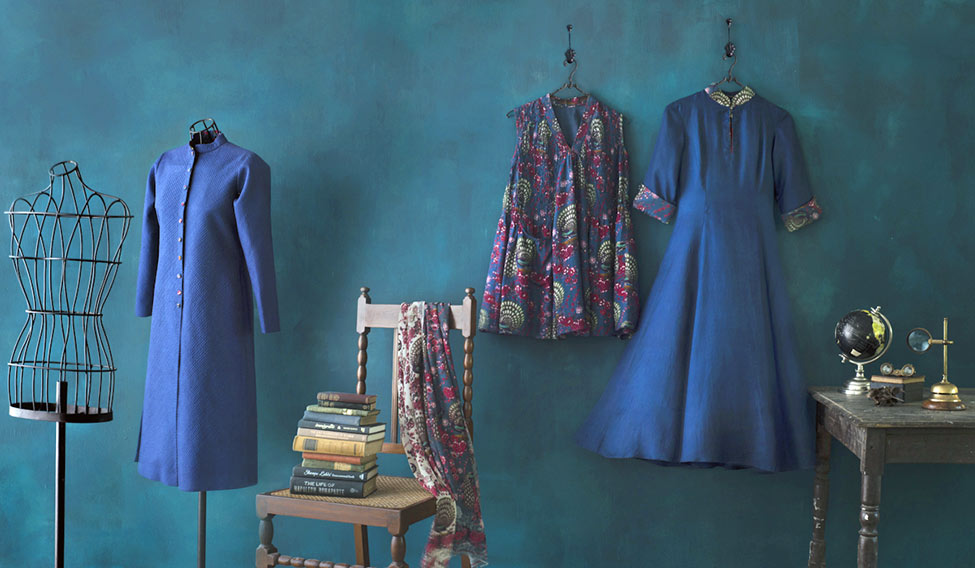 The Good Earth Husn-e-Taairaat collection in collaboration with designer Rohit Bal.
The Good Earth Husn-e-Taairaat collection in collaboration with designer Rohit Bal.
Pegged at around $15 billion, the luxury market in India is largely driven by millennials who dig deep into brand stories and value enrichment over materialism any day. “Millennials are a coveted demographic for luxury brands. An increasingly aspirational lifestyle, digital awareness and greater purchasing power drive the majority of youth across the globe to acquire their luxury preferences. They command luxury as a way of living, but avoid anything that is too pompous or over the top,” says Dinaz Madhukar, senior vice president, DLF Luxury Retail & Hospitality. “Brands that convey their heritage, ethos and contemporary relevance are more successful and preferred by this lot. Brands see smaller, fewer purchases converting into larger, significant buys over the period. We have also observed a significant increase in the number of millennials at the DLF Emporio in the recent past. They focus more on trend as their luxury purchases are fostered by social media and are not confined to a particular brand.”
Epitomising a new vocabulary for luxury, which is Indian and sustainable yet global in its appeal, Good Earth has been selling emotionally satisfying and superlative retail experiences to its clients for more than two decades. “For us, luxury is thoughtful design and refined artisanal skills coupled with an enchanting retail experience,” says Anita Lal, creative director, Good Earth. “We have seen that the millennial returns to Good Earth for curated gift offerings for every occasion. Keeping this in mind, we will be introducing more options for occasional gifting this year. Our ‘Husn-e-Taairaat’ collection was a collaboration with designer Rohit Bal to bring a special home and apparel capsule collection. The collection was interesting for young, urban millennials looking to add a piece of the Rohit Bal signature to their arsenal of style, in the easy-to-enjoy Good Earth aesthetic of everyday luxury.”
So, go for the slow, steady and the stunning. Let your luxuries be a secret self-discovery this year.
